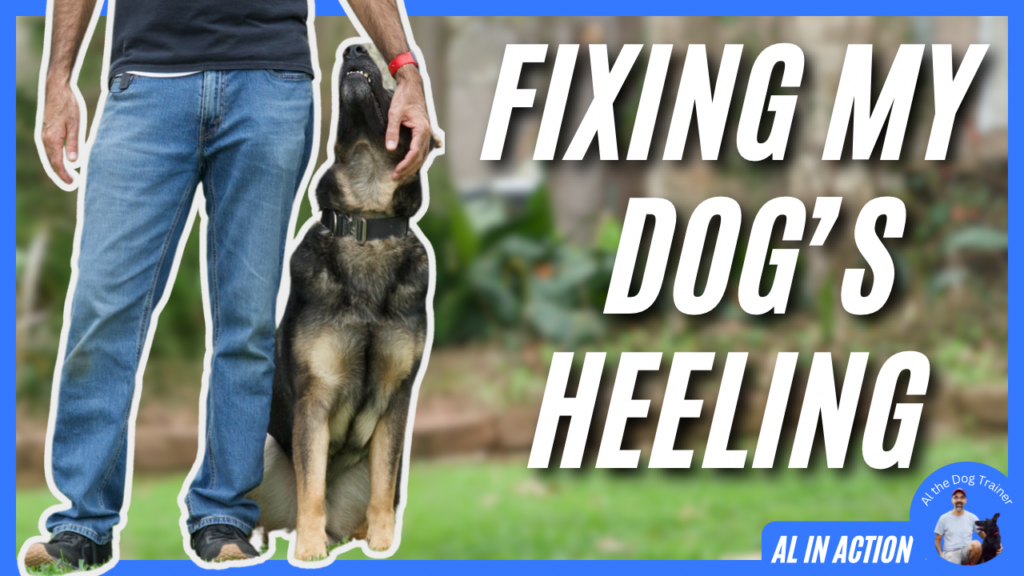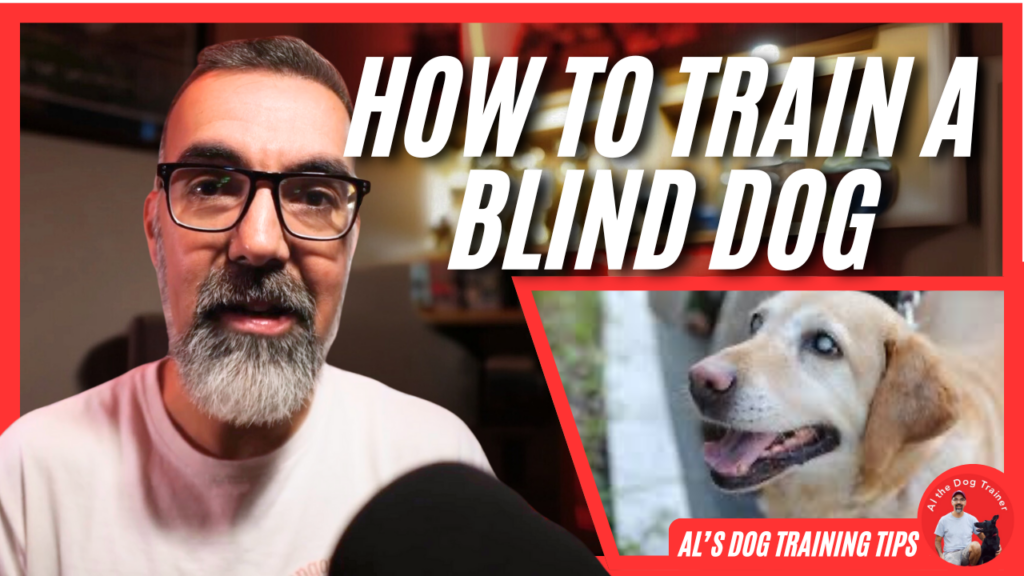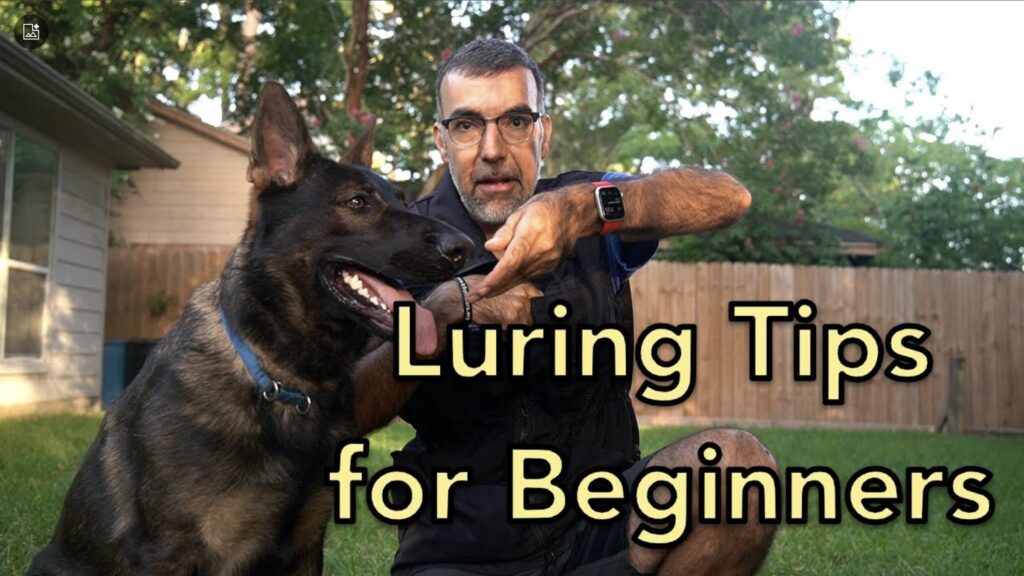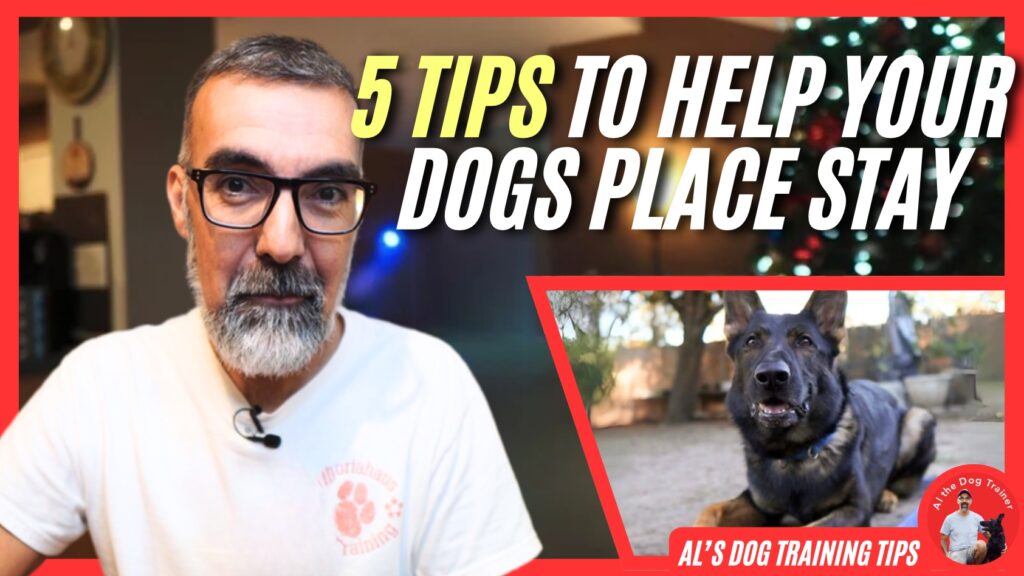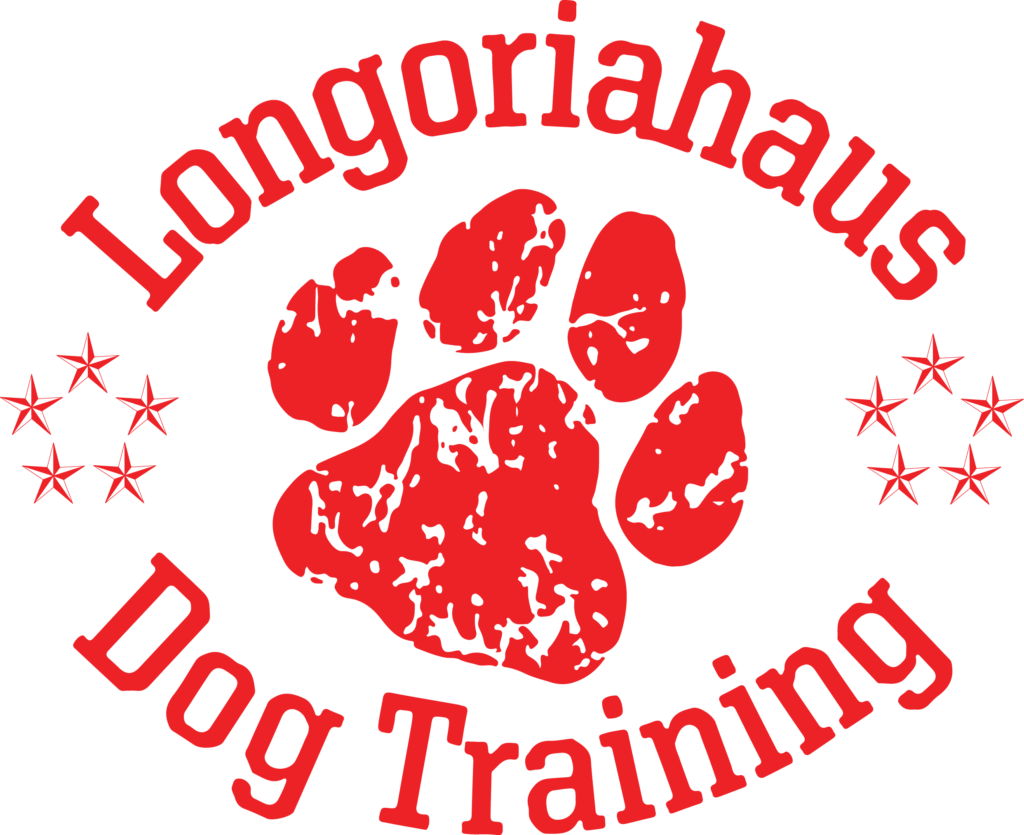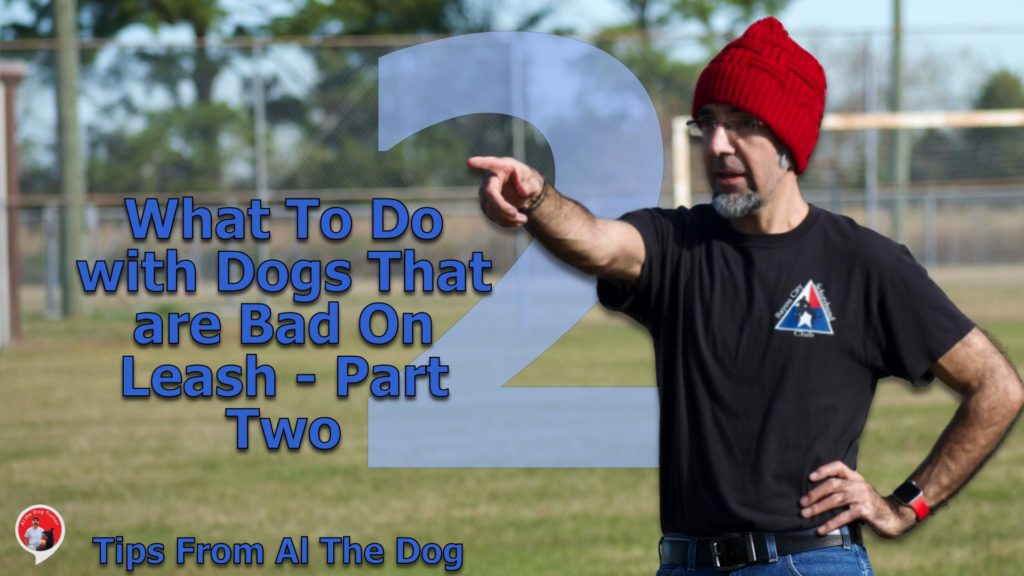
Today’s topic is: What to do with dogs that are bad on leash – Part two. So yesterday, I left you all with tips on what to do if your dog is bad on leash, and I wanted to continue that conversation. To quickly summarize what I said yesterday. It would be best if you had a leash and a collar on your dog. You should put some pressure down the leash, move your dog into the heel position, take the leash pressure off, and then start rewarding the dog.
At first, do the reward silently, just with petting. Then start adding in calm praise by saying, “good dog,” “good boy,” “good girl,” and leading up to calm petting, praise, and a food reward. Okay, so that’s what you should have practiced, and you should be pretty good at that. If you haven’t accomplished anything more than 20 repetitions of that, then that’s where you start.
Okay, so now if you have done that and your dog understands that they’re going to be in heel position. The next thing is how to move with your dog inside of your house.
If you want to get this right, I want you to do yourself the favor of repeating this phrase next. So here it is.
“I Move With A Purpose”
“I move with a purpose.” When you move purposely, it shows the dog that you’re going to lead them. You are now going to have the leash and collar on your dog. At about four inches up the leash from the dog’s collar, I want you to put a knot right there. Once you have that knot there, hold that knot in the palm of your left hand tightly. And then the next thing you’re going to do is you’re going to lock your elbow. Your arm should be stiff.
So you’ve done your repetitions of the dog being in heel position. You’ve got about 20 of those. They hear praise, get petted, and get some food. Now you’ve got this knot in your hand, and your arm is stiff.
Now I want you to move with a purpose. 10-15 steps forward and bring your dog with you as you move. Your dog may not want to come, and I want you to move them anyway, especially if they’ve been tough on a walk. And then once you move, stop, relax any tension you have on the leash, and then start the process of calmly petting your dog, praising them, and giving them a treat or two.
Give your dog some time to get the food, chew it, swallow it, and finish it, and then do the whole process again of grabbing that knot assertively and with purpose, moving 10-20 steps and then stopping your dog at heel again and starting the reward. I think this is a crucial step because what a lot of people do is they imagine that walks are only the domain of being trained outside and that you should only train your walks when you’re out. This is untrue. You should get good at these two parts that I’m telling you inside your house.
So if this has been a big struggle for you, you have a tremendous opportunity to get your technique better and then start reinforcing your dog. So that way, they make it even easier for you to understand what the heck you’re going to do.
Feeling Up To The Challenge
If you feel up to the challenge and you feel like it’s going pretty smoothly. And you can see that your dog understands that you are going to lead them on leash. Then there are two places that you may consider going to—your backyard or if you want to be a little bit more adventurous head out to your driveway. And even a little bit more adventurous, head out to the street. But go no further than just in front of your house. Don’t go to your neighbor’s house on either side. Don’t go further than you’re ready for.
It’s so essential that if you’ve been struggling with your dog on the walks, that you do not make the training overwhelming for your dog. But that you do challenge your dog with great technique and clear reinforcement as they begin to learn that it’s good to move with you, but that they must do that.
I’ll be sharing more on-leash walking in the weeks to come, but that’s where you start with dogs that are bad on leash. I hope they were helpful for you all. If they were, why not send me some feedback? As most of you know, I have my text messaging line, and you can contact me anytime. I do see those comments, and I have someone helping me to make sure that I respond to anybody who might have any questions.
If you’d like to reach out to me, that number is 832-734-5189. Let me know if these tips are helpful or if you need any specific advice or help with your dog.
Remember, you can also go to my YouTube Channel anytime and find more tips like this right here on www.longoriahausdogtraining.com.
Happy Training!

